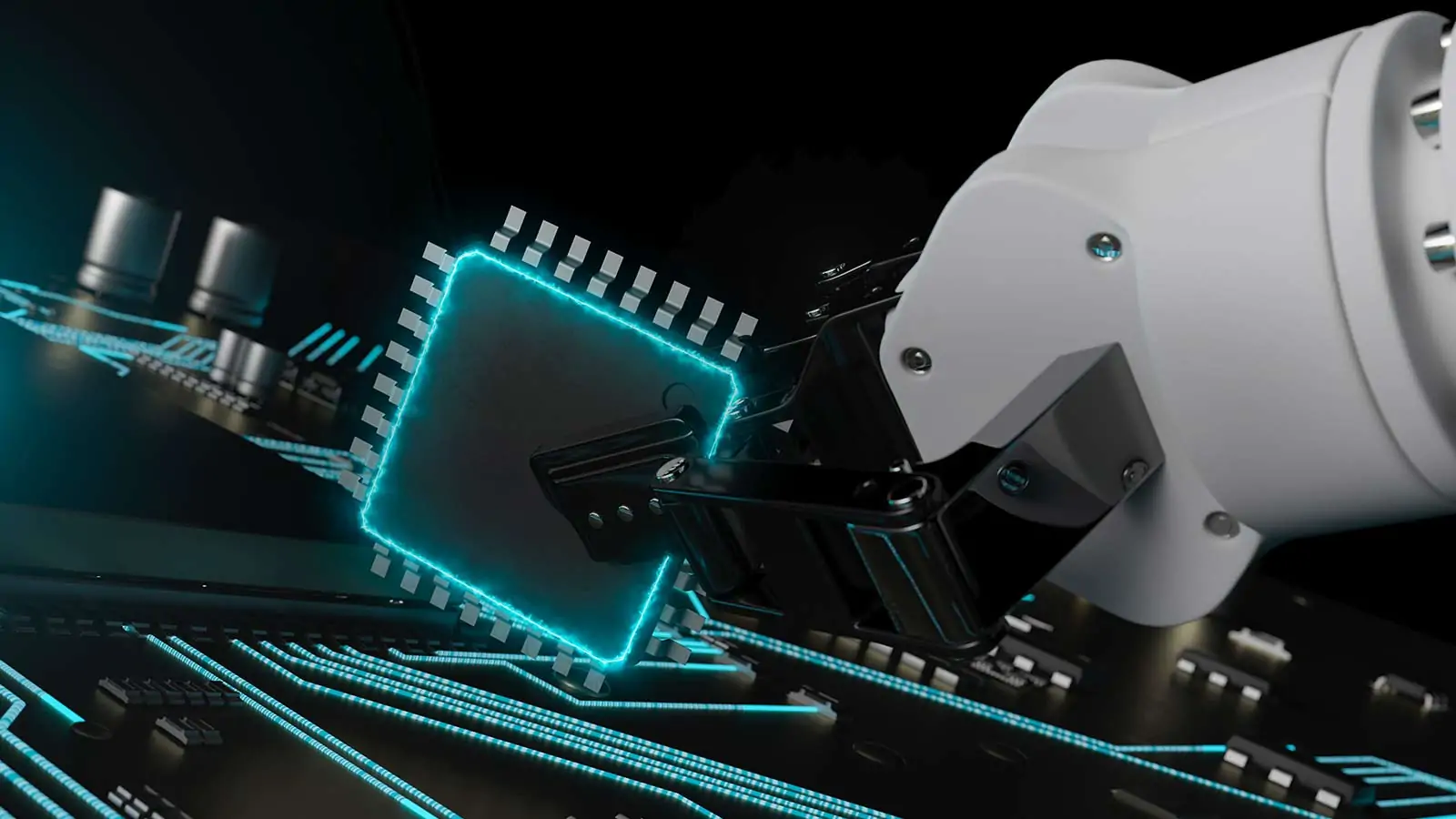Previously valued for their scale, discounts, and global services, service partners classified as “Tier One” were crucial in a tech landscape reliant on talent. However, the changing dynamics and the advent of the GenAI era have prompted a reassessment of the importance traditionally placed on unit cost advantages and access to abundant, low-cost labor. Companies have already begun consolidating spending with Tier Ones to seek better deals and are reflecting on the real value offered by these providers.
This raised an important question for business and technology decision makers: Should companies reimagine who makes their coveted list of Tier One preferred partners?
Traditionally, top-tier partners were selected based primarily on scale, and in return they offered volume discounts, low-cost rate cards, and provided a wide range of services with a global delivery model. These were important attributes in a world where the only source of technology output depended on the availability of large pools of labor or talent. But does this notion still hold?
The past year of economic compression saw many companies revert to the age-old tactic of consolidating their spending with the traditional Tier Ones in the search for a better deal. But with GenAI shaping the world of business and technology, unit cost advantage and access to a large pool of low-cost labor are no longer enough to qualify a service partner as “Tier One.”
To be sure, scale and cost are still valuable to organizations, but insufficient to create value in the context of evolving technology and business demands.
The winds of change are already being felt
Across boardrooms and strategy meetings today, GenAI has moved beyond being a buzzword—it has become the force function revolutionizing enterprise work and customer experiences. As Gen AI “eats” knowledge work, software engineering becomes the first course.
From design, architecture, data migration, and platform modernization to quality engineering and UI development, new GenAI tools and platforms perfectly support almost all aspects of software engineering. It means the race to disrupt the $1.5 trillion annual IT services industry is on. (For context, that’s roughly the GDP of Mexico or Spain.)
Who will win?
If you haven’t already, dust off your copy of Clayton Christensen’s Innovator’s Dilemma because it’s more relevant than ever. Christensen used steel mills and hard disk manufacturing to illustrate how large, successful companies and industries were destined to be disrupted by innovators coming in and blowing away slower and larger behemoths with new models and technologies, driving almost explosive obsolescence.
If your company creates more value with digits (information, code, insight, content) than widgets (physical goods), brace yourself – GenAI is about to upheave your job structures, workflows, and technology stacks.
AI disrupts the service provider league table
Henry Ford may (or may not) have said, “If I had asked people what they wanted, they would have said faster horses.” The transit model changed due to new technologies; the same thing is happening now with IT services.
For decades, the primary criteria for assessing and ranking technology services partners were:
- Are they big?
- Do they have enough heft to execute all the information services needs? Can they ensure global delivery to provide the lowest price?
- Do they have a massive bench strength and a large talent base?
- Do they have enough business to provide economies of scale?
- Do they possess enough capital to be worth suing if things go wrong?
Today, are these the same questions you should be asking to determine your IT partners, or should you recognize the need to explore new ways of working?
It’s time to recognize the need for a modern method of choosing technology partners in a world where AI agility matters more than pure scale. It’s time to seek and explore the potential for generating exponential returns on technology investments and leverage the kinetic power of GenAI in enhancing the IT services workflow.
In our new world, the sheer size of these Tier Ones deter them from adopting the new AI-driven work methods. With a majority of them facing degrowth and revenue compression, it’s unlikely that they will adopt this method as it could lead to large-scale cannibalization of their existing revenue.
In the past eight months, we have witnessed multiple scenarios in which the same work previously done by 100 engineers can now be done by just 50 with greater efficiency and effect.
That’s why we are calling out to all IT and procurement decision makers and influencers to rethink the partners they want in their IT teams to drive exponential value returns for their stakeholders and customers.
Here’s your five-point check list to calibrate your new “Tier One”
- Demand AI augmented technology services in your RFPsAsk: “How does AI pricing cut costs compared to traditional models?”
Insist on commercial models that leverage AI Arbitrage. It is a game-changer that translates AI-driven efficiencies directly into cost savings for technology services. Aiming for a 30 to 40% reduction in costs is not just ambitious; it’s necessary (and is being delivered today).AI Arbitrage must be priced into technology services agreements to enhance savings, freeing up capital for innovation. If a potential partner struggles to show heritage pricing vs. Gen AI pricing, it’s a red flag. (For more, check out our CEO’s article in Forbes.) - Disrupt current book of business with AIIs your partner willing to disrupt their current annuity book business with you (help desk, application support, infrastructure operations, on-going testing, etc.) using the power of AI?Are they willing to contractually commit to anywhere from 30 to 40% reduction in cost from the get-go?
- Reject minimal rate reductionsDo not just accept a rate reduction of 5-10% from your service providers! More often than not this will lead to resources with lesser experience as your provider looks to maintain its margins. The quality will suffer, and before you know it, you will find your service provider finding reasons to add more resources into the mix. And the question you will need to ask yourself again is: How does this bring down my total cost of ownership?
- Ensure AI is integrated into every aspect of the SDLCCan your partner demonstrate a new software engineering model that uses AI in every step of the life cycle? Can they show how they leverage AI to design, develop requirements, develop product ideas, or self-heal applications? Do they have a well-defined method and commercial model to show you the new value functions with AI?Furthermore, have you considered a rate card for AI-enabled resources? The answers to these questions can help you assess the depth of AI integration in your SDLC.
- Count bots, not just headsIt’s simple: evaluate your service provider by their bot armies, not just their headcount. In an AI-driven world, Gen AI will enhance-not replace-human software engineers, and they should deliver at least 30% more productivity.Dive deeper into their processes-the software development lifecycle, testing, data modernization steps, and more-to find where AI is being used to improve transparency, quality, velocity, and productivity.
Swipe right on your next-gen partners
In the bold new world, you need to rethink your sourcing and partner strategy! Shift away from just asking for a rate card and volume discounts that remain static. Explore the possibility of a dynamic pricing model that continuously aligns with the market as you drive more productivity into the operating model.
Volume discounts encourage service providers to add more resources instead of finding ways to get work done with fewer heads. Attack the total cost function. Ask for a price with AI infused into every service. If you traditionally needed four tech writers, ask for two tech writers in conjunction with an AI-enabled platform for creating epics and user stories.
Stop playing by old rules.
It’s time for traditional expectations, processes, and commercial models to be refreshed—and acted on—by groups across every enterprise (including procurement, IT, finance, and C-suite occupants). You need service partners committed to unlocking value from AI.
We call this “Engineering to the power of AI,” and we are just getting started!



